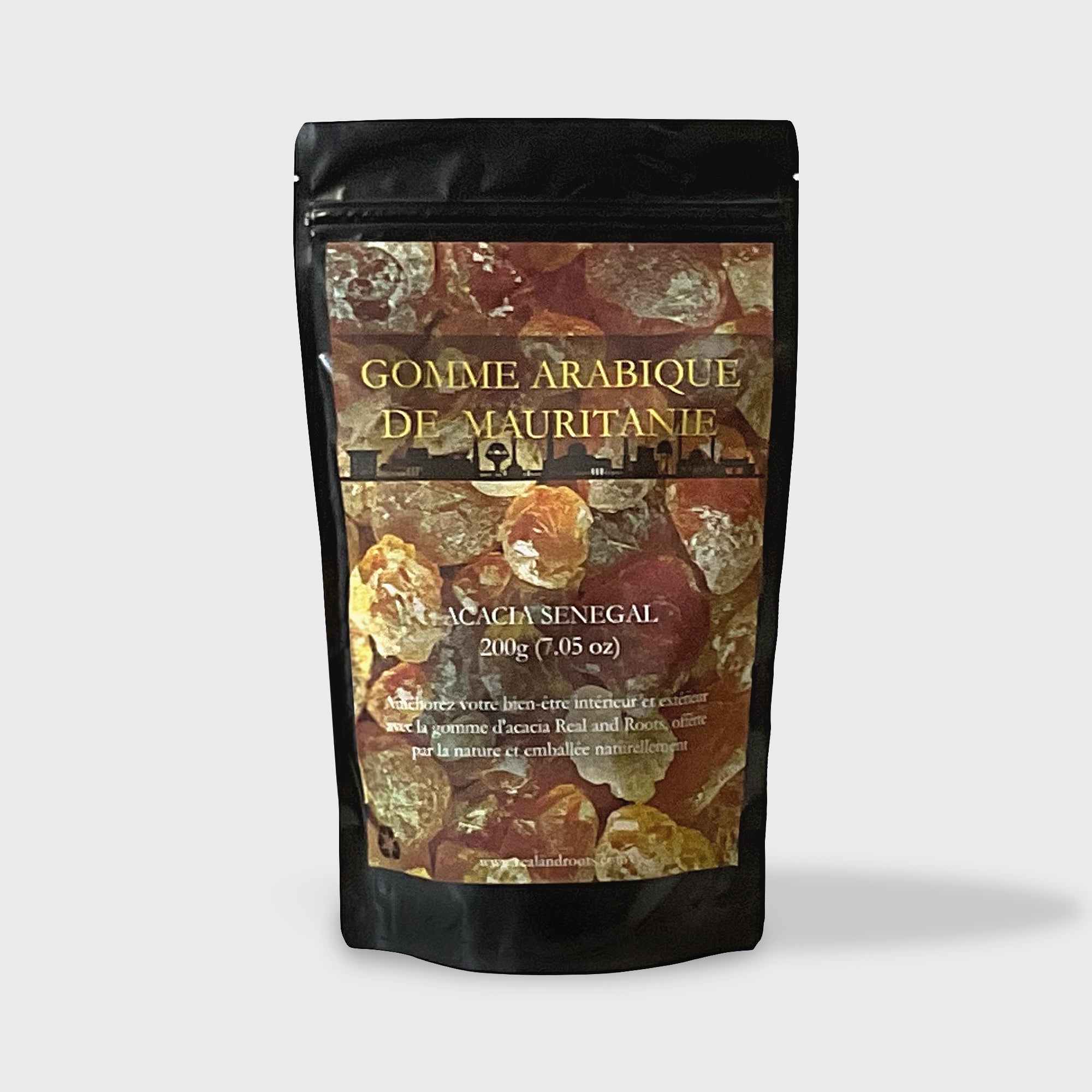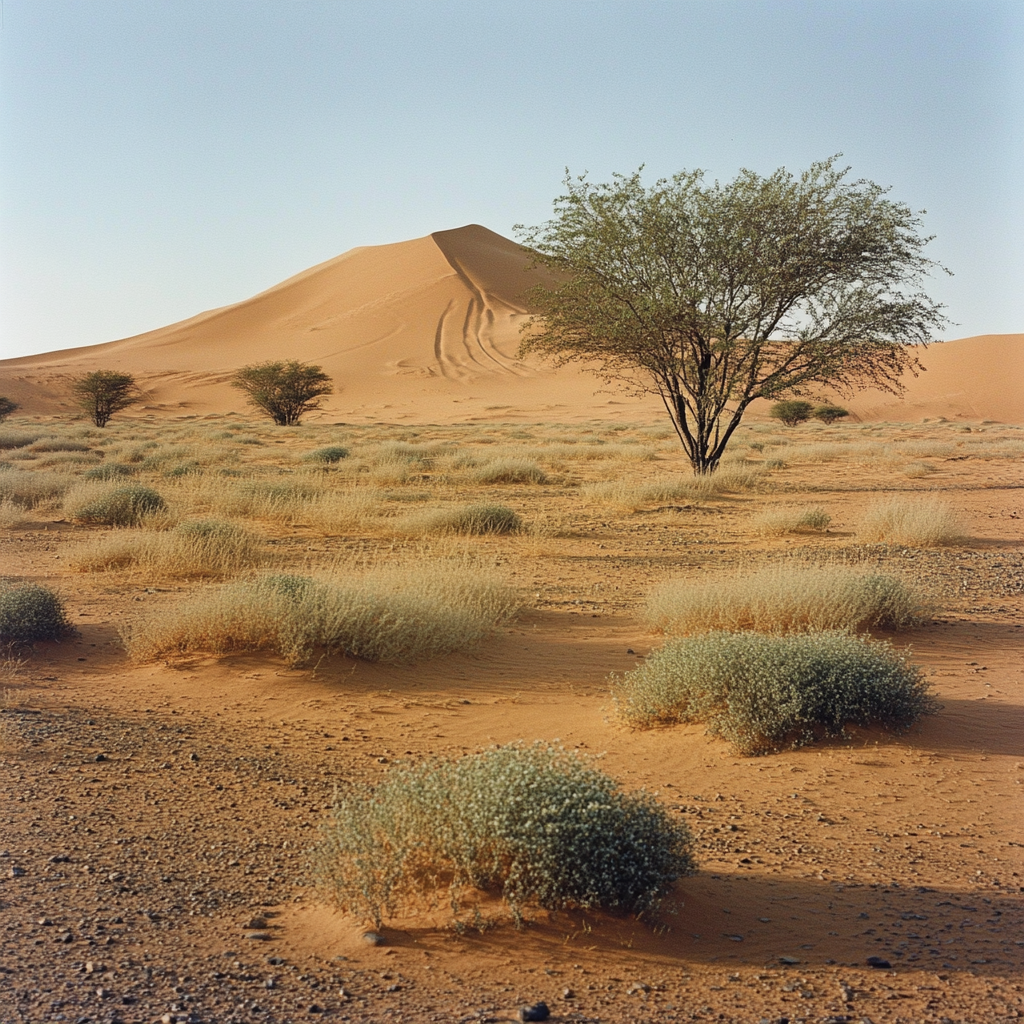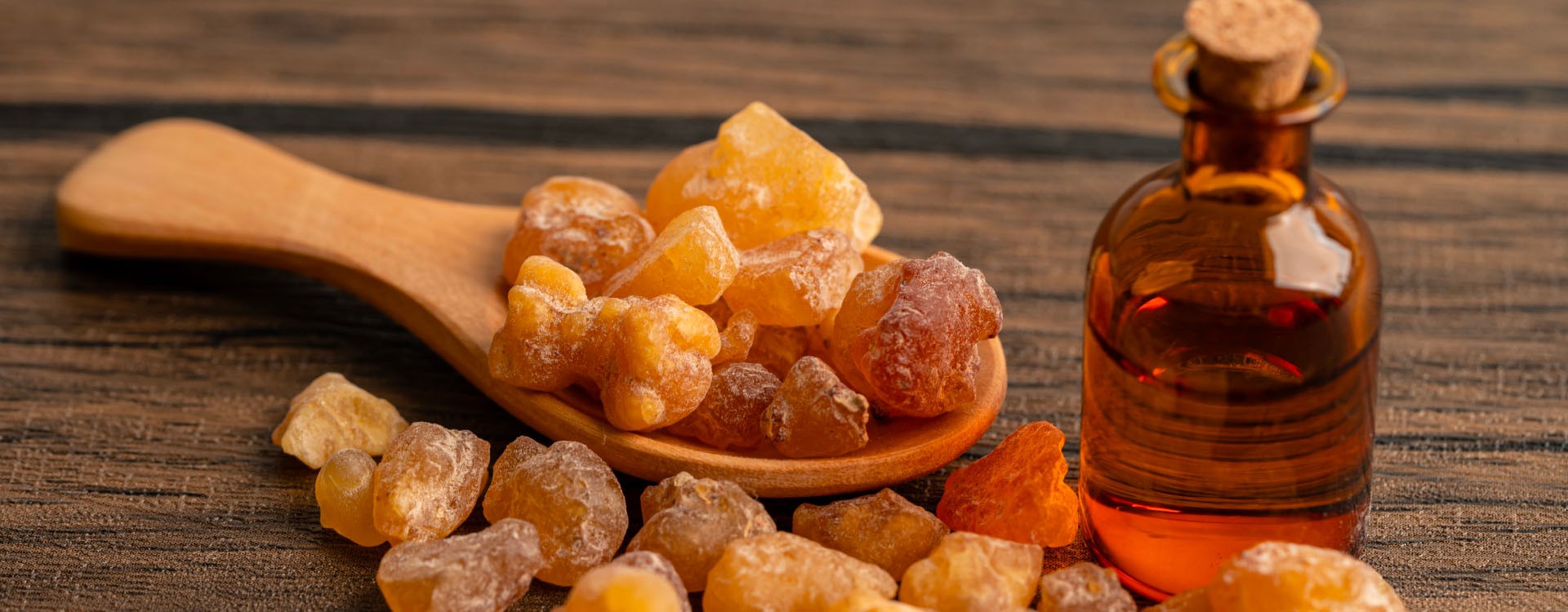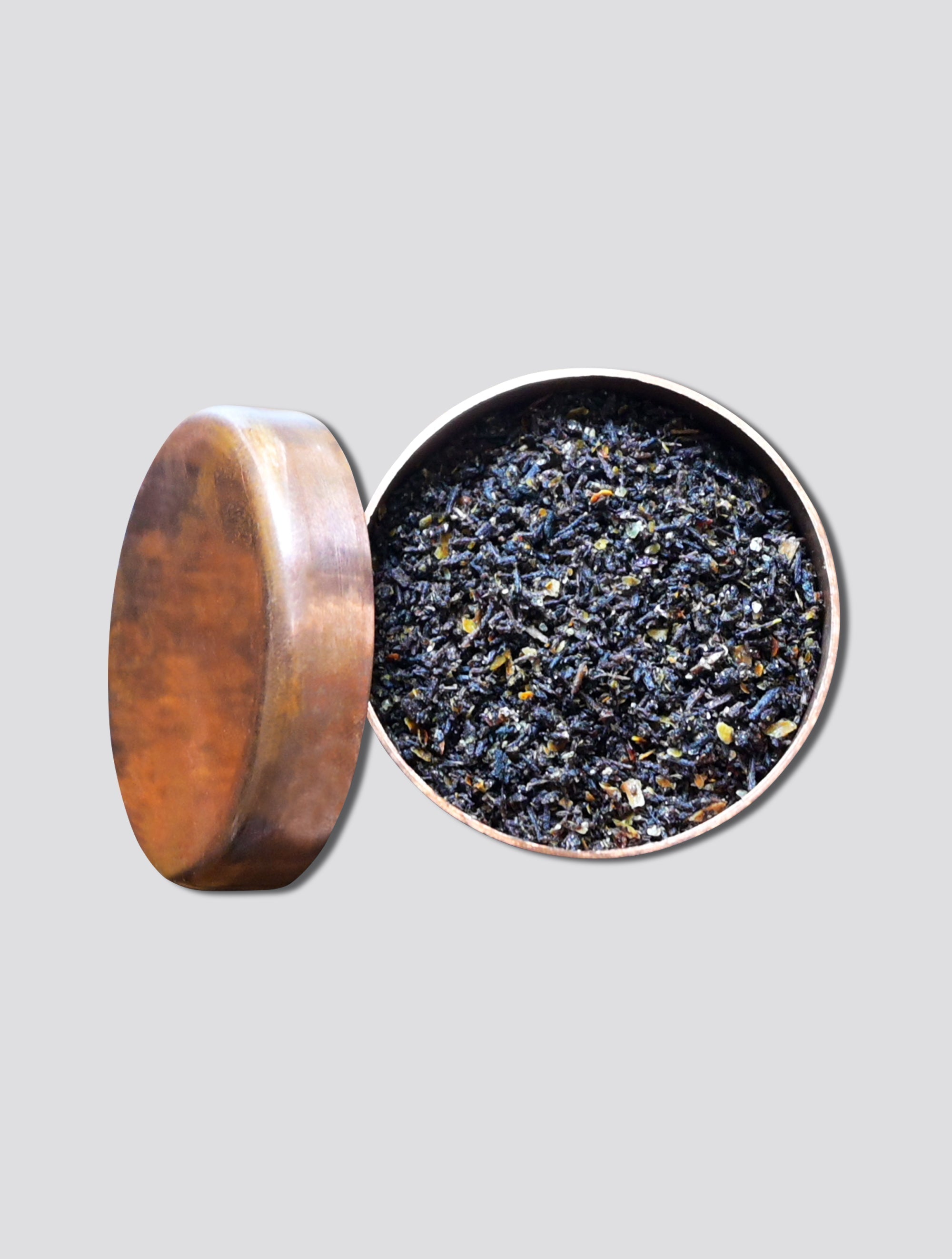Gum Arabic from Mauritania


The cultural and economic importance of gum arabic in Mauritania
Gum Arabic has significant cultural and economic importance in Mauritania, both as a traditional resource and as an export product.
Mauritania was once the world's second-largest gum arabic exporter, with average annual production of 5,700 tonnes between the 1960s and 1970s.
However, production has fallen drastically to around 500 tonnes a year today, due to the droughts of the 1970s-1980s, deforestation and rural exodus.
A historical legacy
Gum Arabic is deeply rooted in the history of Mauritania and the Sahel region. It has been cultivated and used locally for centuries, notably for its medicinal and dietary properties. From the 17th century onwards, it became a key export product to Europe, playing a role in trans-Saharan trade.
Its use in local pharmacopoeia
Traditionally, gum arabic has been used medicinally to treat respiratory, digestive and skin disorders. It is also eaten as a natural delicacy or incorporated into post-delivery preparations to strengthen women.
Its role in combating desertification
Gum arabic-producing acacia trees (Acacia senegal and Acacia seyal) are essential in the fight against desertification in the arid zones of southern Mauritania. These trees play a crucial ecological role by stabilizing soils and providing a sustainable source of income.
Source of rural income
Gum arabic collection is an essential economic activity for vulnerable rural populations. It offers an alternative to migration to the cities and helps to improve local livelihoods. Women also play an important role in this activity, accounting for around 10% of collectors in some regions. Gum Arabic is considered a key product for promoting green growth in Mauritania. Its production helps to combat rural poverty while supporting sustainable agricultural practices.
Projects such as the "Programme d'Appui à la Compétitivité de l'Afrique de l'Ouest" (PACAO) aim to improve the competitiveness of commercial sectors, including that of gum arabic, by strengthening producers' capacities and creating viable structures for its production and marketing. Mauritania is part of the "Gum Belt" that crosses sub-Saharan Africa. Community organization and the development of gum plantations are encouraged to guarantee sustainable exploitation while increasing producers' income. The World Bank supports projects aimed at developing gum arabic production in Mauritania, considering this product to be a factor in green growth.
Mauritania's gum arabic faces new challenges
Overexploitation of acacias has led to their rarefaction in certain regions. This poses a threat to the sustainability of this natural resource. In addition, the absence of a well-structured value chain limits the sector's economic potential. Mauritanian collectors often lack access to information on international markets, and rarely receive a fair price for their work.
Countries such as Sudan and Chad dominate the world market with much higher volumes, making it difficult for Mauritania to regain its historic position.
Although its production has declined sharply over the decades, it remains an essential resource for rural communities and a potential lever for sustainable development. Initiatives aimed at structuring the sector, improving its competitiveness and restoring gum plantations could enable Mauritania to better exploit this resource on the world market, while strengthening its local ecosystems.

Sources :
http://maelenn.aufray.free.fr/cours/Gomme-arabique-2020.pdf
https://www.marketresearchfuture.com/fr/reports/gum-arabic-market-2904



